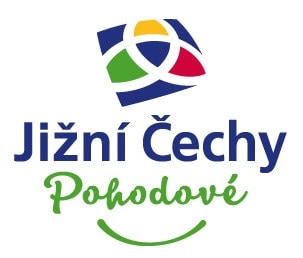South Bohemia is one of the most beautiful and culturally richest regions of the Czech Republic. People often come here for historical monuments, cycling trails, and various activities that keep South Bohemia literally packed all year round. And it is here that the magical region of Czech Canada lies. In this guide South Bohemia, Czech Republic: 6 Best Things to Do and See, we share tips for a trip around Czech Canada. Today, we bring you tips for a trip around Czech Canada.
We tourists who go on weekend holidays around the Czech Republic still have gaps. We all know Český Krumlov and Hluboká. But who among you has visited the mysterious Landštejn Castle, the Renaissance chateau Nová Bystřice, or Český Rudolec?
In cooperation with the South Bohemian Tourism Board, we went to Czech Canada for two days and visited both well-known and almost unknown places. Are you looking for a tip for a weekend or a one-day trip to historical sites and nature? Then you’ve come to the right place. 🙂
We also filmed a commented video for the article, Czech Canada: Tips for Trips around South Bohemia.
What Does Czech Canada Mean?
Czech Canada is a region in South Bohemia that stretches along the Austrian border and also lies in an area where a historical border between Bohemia and Moravia existed. The reason for the name Czech Canada is primarily the vast forests, which, unfortunately, are largely affected by bark beetles, especially in the Dačice area. There are also many water bodies, granite subsoil, and reportedly, more raw weather.
A part of the historically known Czech Canada was declared a nature park in 2004, and you’ll find a whole range of towns and monuments here, including the famous castle and chateau in Jindřichův Hradec, the ruins of Landštejn Castle, and many other more or less known historical landmarks.
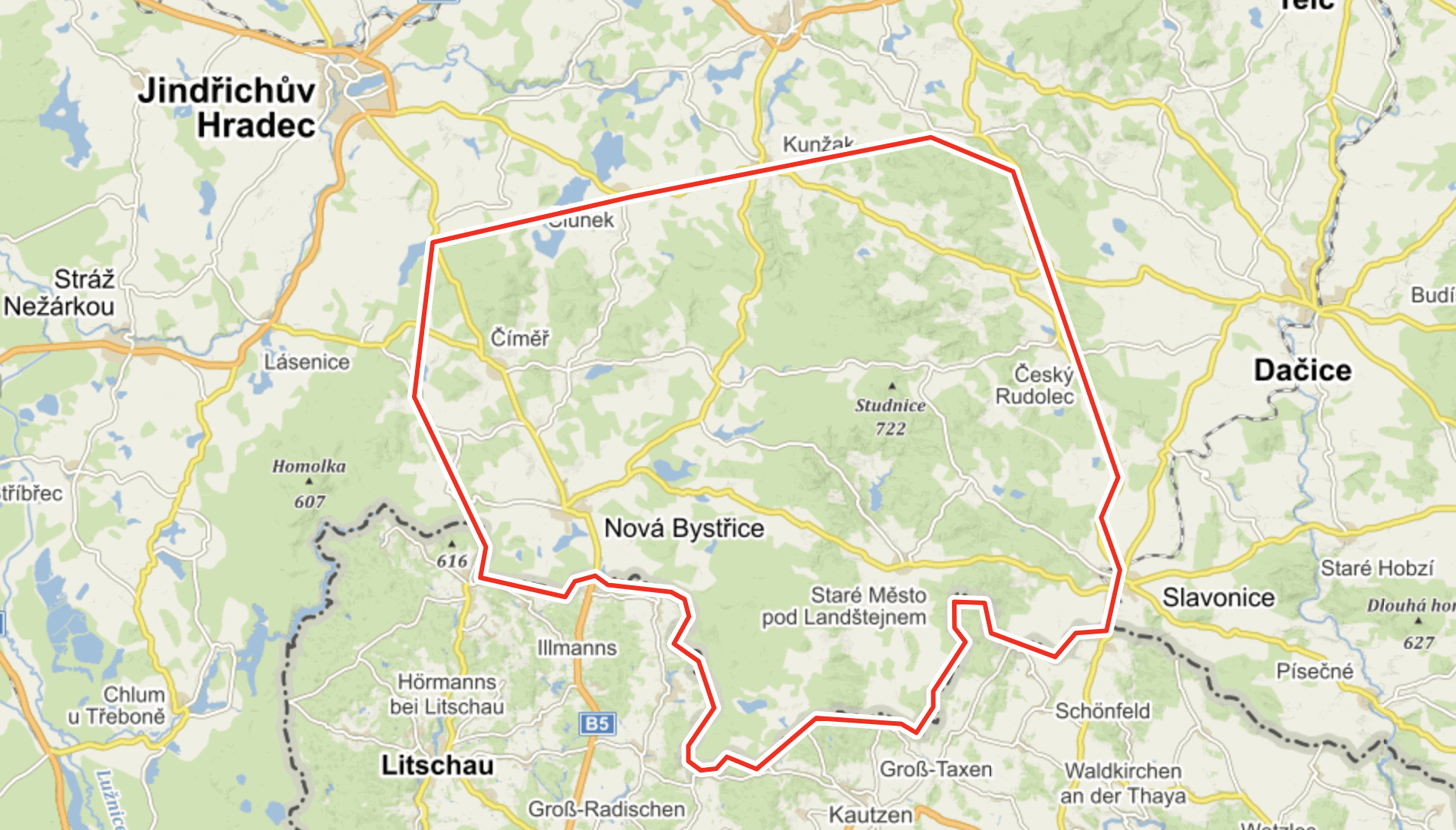
As part of exploring the Czech Republic, we set off for Czech Canada and visited primarily the lesser-known places that tourists haven’t discovered yet. Follow our paths and discover.
Where to Stay?
We recommend staying, for example, in Jindřichův Hradec, because České Budějovice is more expensive and parking is more challenging. At the same time, Jindřichův Hradec has many interesting establishments for breakfast and dinner, more so than if you were in a smaller town or village.
If you’re lucky and it’s available, you can try to book a very nice guesthouse at a pleasant price – Penzionek JH. You can also try the portal Intebohemia.cz and choose from an offer of several dozen cottages in Czech Canada.
Dačice Chateau
Dačice is a town that most tourists pass by because it lies between Telč and Slavonice, two beautiful towns with well-preserved historical centers. This is a great pity, as at least the chateau here is worth a visit.
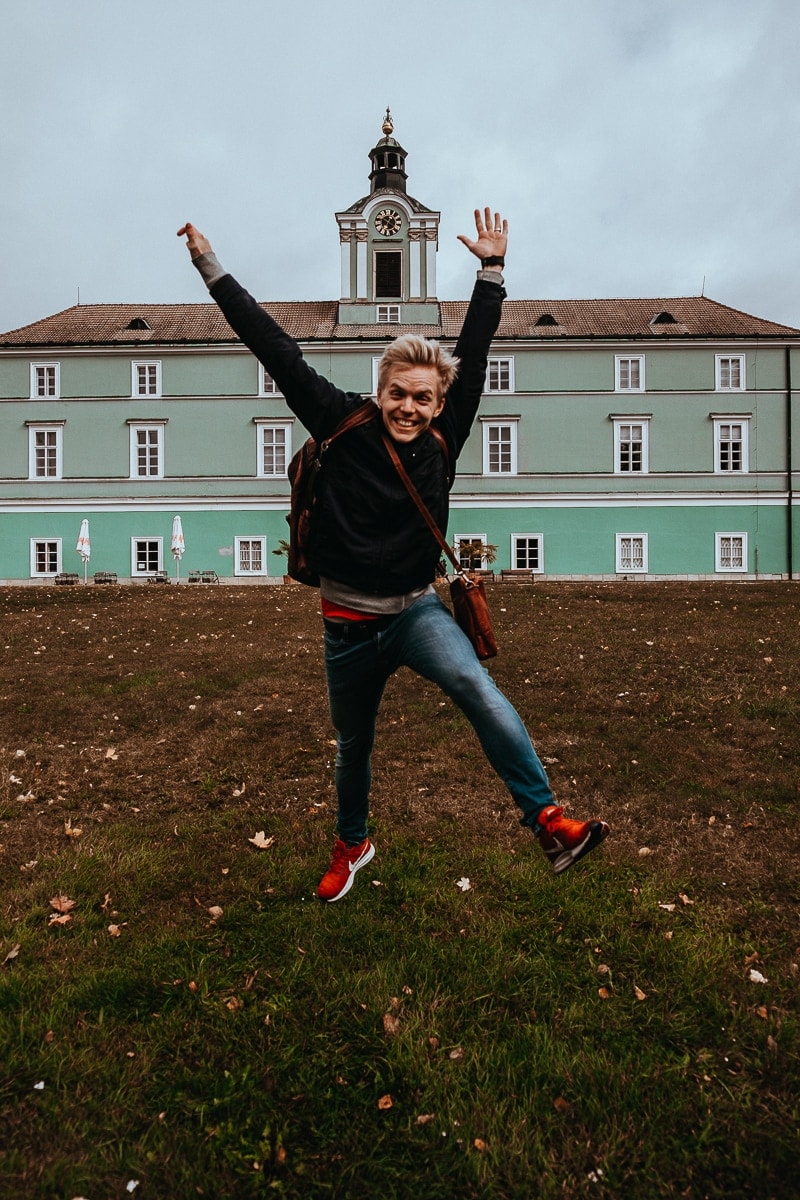
The New Chateau in Dačice, built in 1591, was constructed by Oldřich Krajíř of Krajek. The chateau was originally Renaissance, in the eighteenth century it was rebuilt in the Baroque style by a new owner, and during the nineteenth century, it underwent reconstruction in the Empire style.
The chateau houses a magnificent Art Nouveau library and a children’s table designed for education, which Emperor Franz Joseph I presented to Baroness Marie Sturmdefer. You will also find an early realistic work by František Kupka from his student days here.
In Dačice, you will also find the so-called ‘Old Chateau,’ which is more of an urban Renaissance palace. It was built by Albrecht Krajíř of Krajek between 1572 and 1579 and is remarkably well-preserved. In the twentieth century, the town hall was located there, and since 1991, several municipal departments have had offices there.
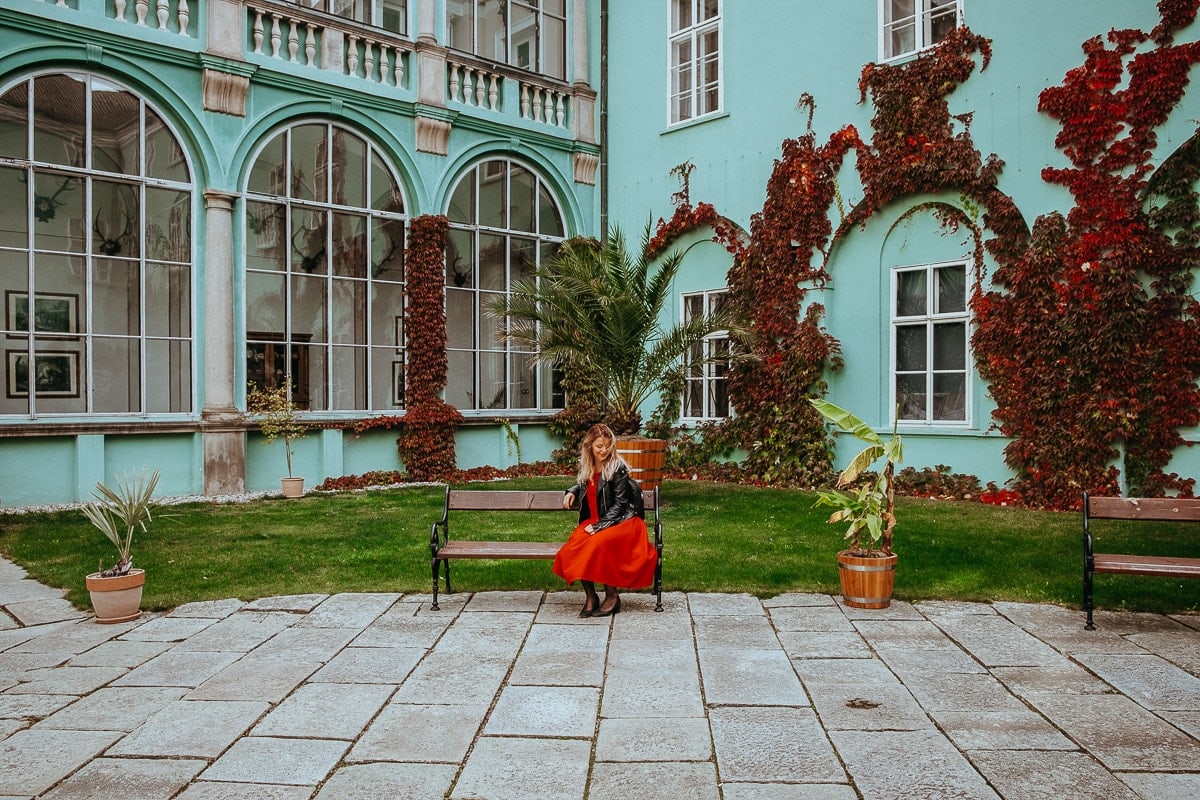
Dačice is also known as the place where the world’s first sugar cube was created. Jakub Kryštof Rad, its inventor, was in charge of the Dačice refinery in the first half of the nineteenth century, and at the urging of his wife, who injured herself while cutting the unsuitable sugar loaves produced at the time, he created a press for small sugar cubes. He first presented his invention in Vienna as ‘tea sugar,’ and the patent for its production was immediately purchased by Prussia, Saxony, Bavaria, Switzerland, and England. Cubes similar to Rad’s are still produced today.
Dačice Chateau Visiting Hours
The chateau does not have fixed opening hours; they often change, so before your trip, check the current visiting hours.
Český Rudolec Chateau
Little Hluboká or Moravian Hluboká. That’s the nickname for the as-yet unrestored Český Rudolec Chateau, a short distance from Dačice. It has stood here since 1860 (it was built on the site of a former Gothic fortress) and is one of the pearls of Czech Canada. Its modern history is quite sad; the chateau was robbed several times since World War II and eventually nationalized. Members of the local JZD (agricultural cooperative) lived there for a while, and during the 1970s, the remaining valuables that had been preserved in the chateau were lost.

Attempts at restoration never succeeded, but now it seems that something is finally starting to happen. In 2016, the repair of the tower was completed, an inn next to the chateau was renovated, and interested parties can request a tour. The chateau itself is definitely worth a stop!
How to get to Český Rudolec Chateau?
You can look inside by arrangement at the adjacent guesthouse. The chateau is privately owned, and you enter at your own risk; the interiors are in poor condition.
Slavonice
The town of Slavonice is known as a ‘Renaissance pearl’ due to its unusually well-preserved historical core. Slavonice is the westernmost town of the historical territory of Moravia, and it is nicknamed ‘Little Telč.’ Some online sources claim that Telč is prettier, but that’s not true. Slavonice and Telč cannot be easily compared, as both are beautiful towns, and the fact that far fewer tourists visit Slavonice adds to their charm. Only just over 2,300 inhabitants live in the town, so you have a fairly good chance of enjoying the sights and local atmosphere all to yourself.
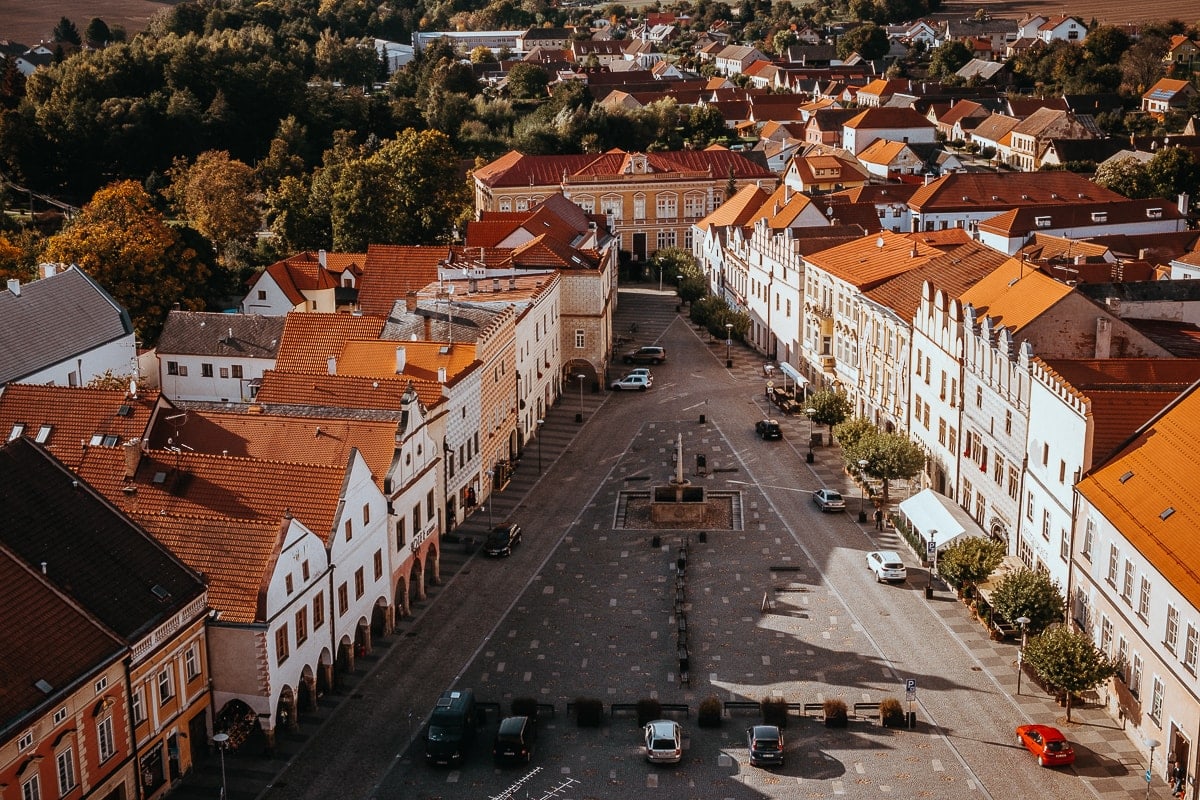
In the middle of the town, you’ll find an observation tower with over 170 steps, accessible to the public. From the gallery at the top of the tower, you can see the entire town and its wide surroundings. In good weather, you can see all the way to Austria.
Beneath the town center is a medieval underground complex of corridors that served as a drainage system. Only a small part of the corridors is accessible to the public, although the underground connects most of the cellars of houses around both squares.
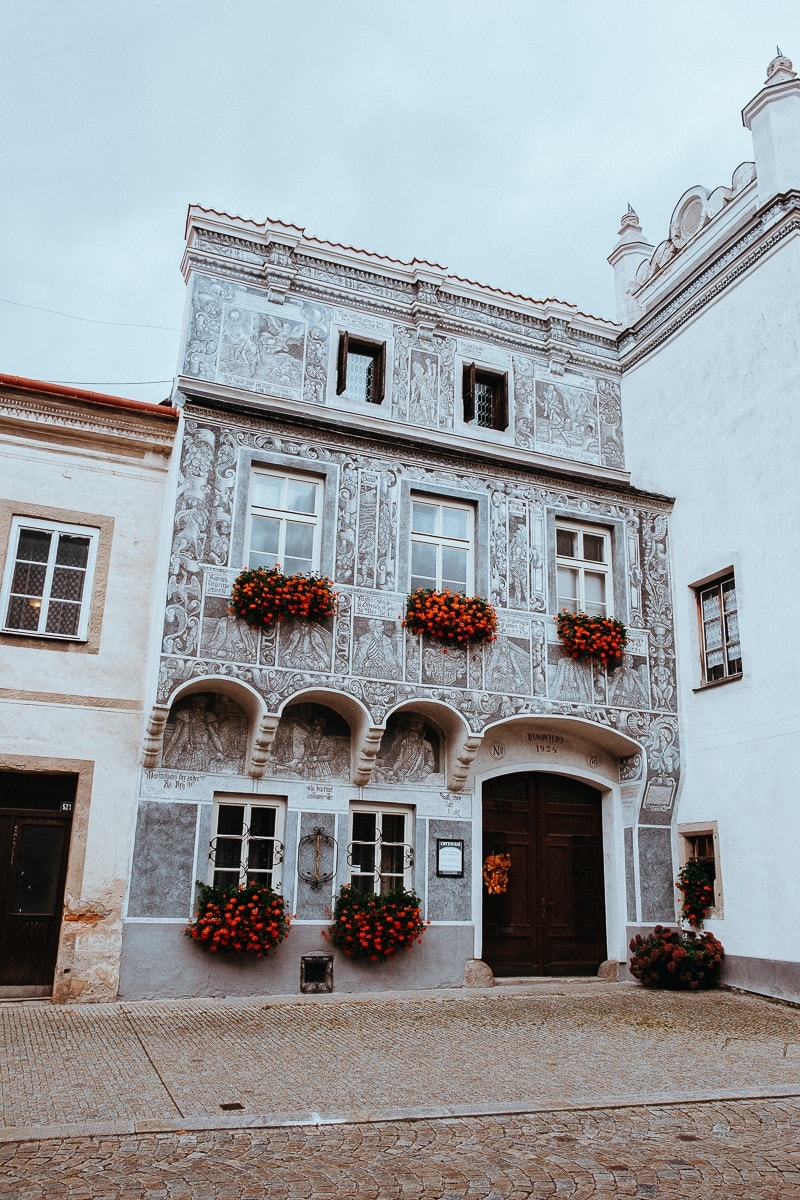
The entire town is known primarily for its incredible number of well-preserved burgher houses, which are decorated with Renaissance paintings and figural sgraffiti. The town naturally attracts artists, so you’ll find many charming workshops with original goods here.
Landštejn Castle
The ruins of the mighty Landštejn Castle are the only preserved Romanesque-style castle in Europe. We don’t know exactly when or by whom it was built, but based on architectural elements, it’s likely to have been sometime in the 12th century. After the completion of new fortifications in the 16th century, it became one of the largest castles in the Czech lands.
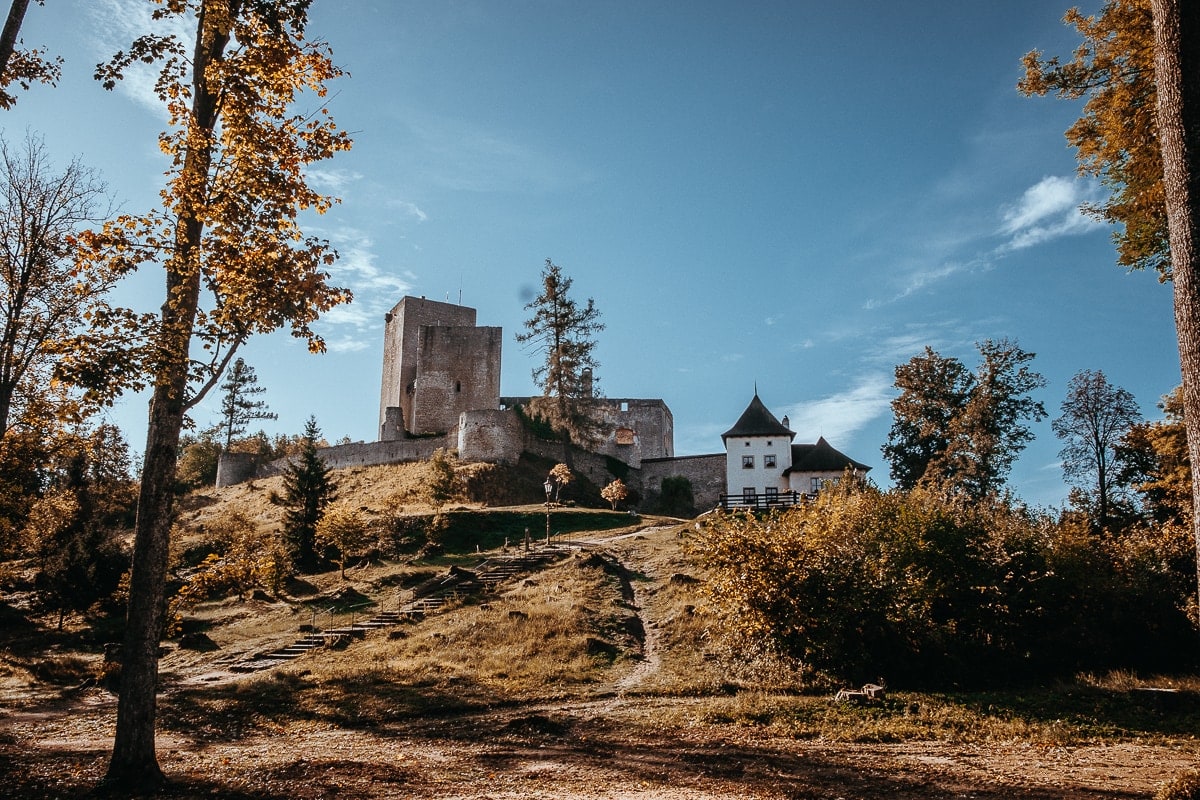
The castle often changed owners, and in 1771, it was struck by lightning, which caused a large fire. Since then, the castle was most likely abandoned and fell into disrepair until the 1960s , when restoration work began by Karel Veselý, whose dream was to make Landštejn accessible to the public. Veselý cleared the castle himself, primarily with his friends and borrowed tools, and although experts somewhat resent his unprofessional work on the castle, he has made an enormous contribution to how the castle looks today.
Restoration work is currently underway at the castle, primarily removing concrete from the historical walls, which was used in the 1970s in an attempt to preserve them. Unfortunately, this is not a suitable method, so the castle is essentially being repaired from scratch today.
Landštejn Castle Visiting Hours
The castle is open almost every day during the summer from 9:00 AM to 4:30 PM, but since opening hours change throughout the year, it’s better to check them here.
You can freely walk through the castle without a guide; there are educational panels inside, and from the two towers, there’s a magnificent view of the surrounding nature.
Nová Bystřice Chateau
The chateau complex in Nová Bystřice is private and is looking for a buyer who would renovate it and devise a cultural use for it. If you want to look inside, you must arrange a tour in advance, but it’s definitely worth it.
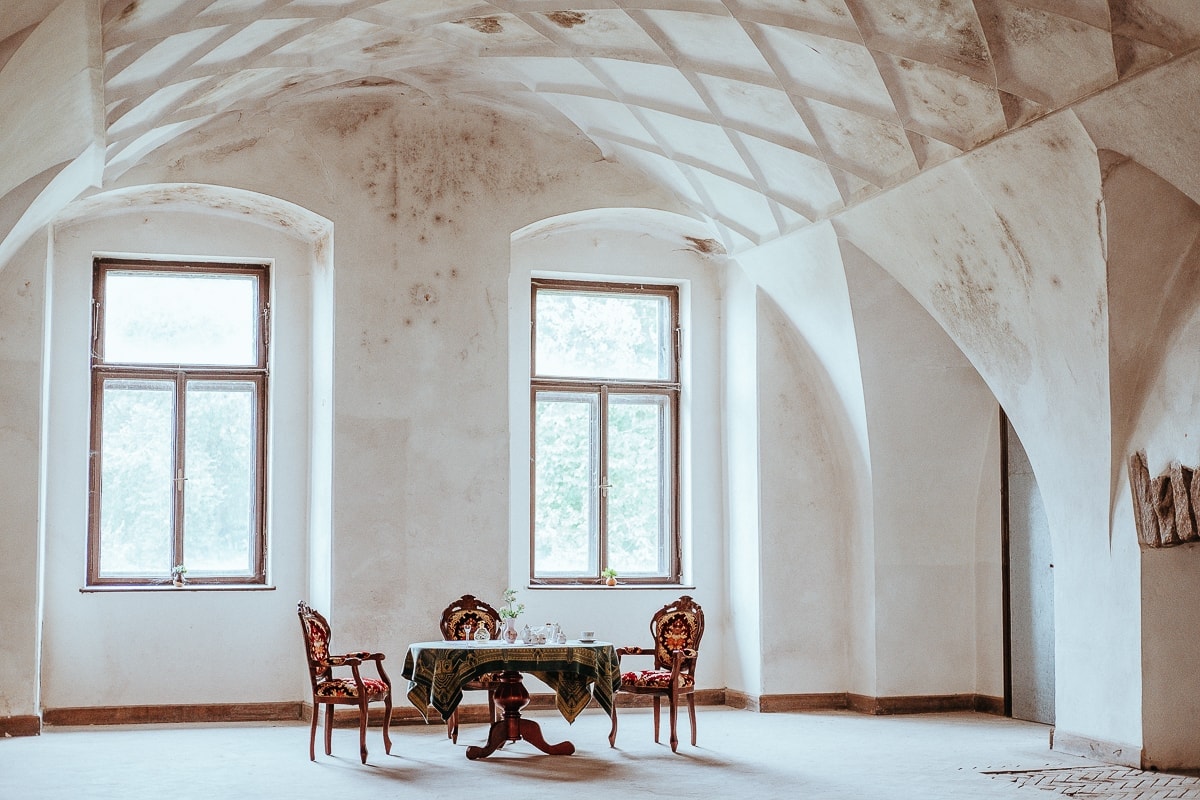
The Kyncl family, the chateau’s administrators, care for it with love and are gradually renovating the premises. The original Gothic castle that stood here was built in the 13th century and was surrounded by a deep moat, which would be filled from a nearby pond in case of danger. It also had a watchtower, which you won’t find on the grounds today.
The castle was later rebuilt into a chateau, and in the 17th century, after a fire, it was reconstructed in the Renaissance spirit. Later, it underwent further Baroque modifications and has remained so until today.
The chateau is exceptional in that you’ll find almost no furnishings inside. Most rooms are completely empty, and although that might sound uninteresting, the opposite is true.
How to get to Nová Bystřice Chateau?
Call or write to the administrator at spravce@zameknovabystrice.cz; current contact details can be found on the chateau’s website.
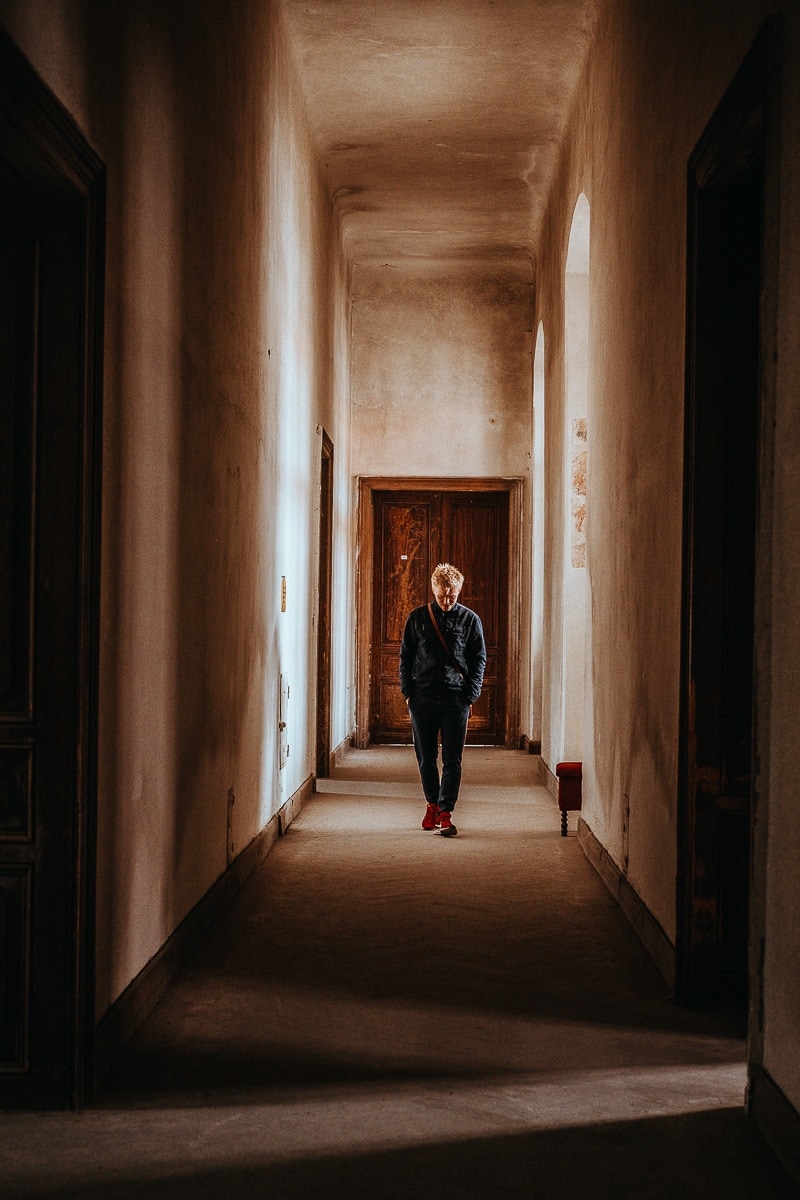
Jindřichův Hradec Chateau
The town of Jindřichův Hradec lies precisely on the 15th meridian, and the first records of it date back to the 13th century. The most significant monument here is the enormous complex of the Renaissance chateau, which originated from the original Gothic castle, retaining many Gothic elements to this day.

At the chateau, be sure to visit the so-called ‘black kitchen,’ which is the oldest (theoretically) functional kitchen in Czech castles and chateaux. One of the legends about the White Lady, Markéta Rožmberská, is connected to it; she supervised this kitchen to ensure that sweet porridge was cooked every Maundy Thursday for all the poor of Jindřichův Hradec.
The chateau is state-owned and in very good condition. You can choose one of the four tour routes and don’t forget to visit the so-called rondel in the chateau garden. This ‘garden house’ is breathtaking inside, and on its walls, you’ll find various exotic and mystical creatures and people. To the right of the main entrance, notice the heads of Chinese people. Where did they get the likeness of Chinese people and their dragons in the 16th century? 🙂
Bonus Tip: Guided Walks around České Budějovice
What do you know about České Budějovice? Lucka is from Písek, and the only thing she knew was that it was founded by Přemysl Otakar II, just like Písek. How much are we kicking ourselves now for not discovering the history of this beautiful city sooner!
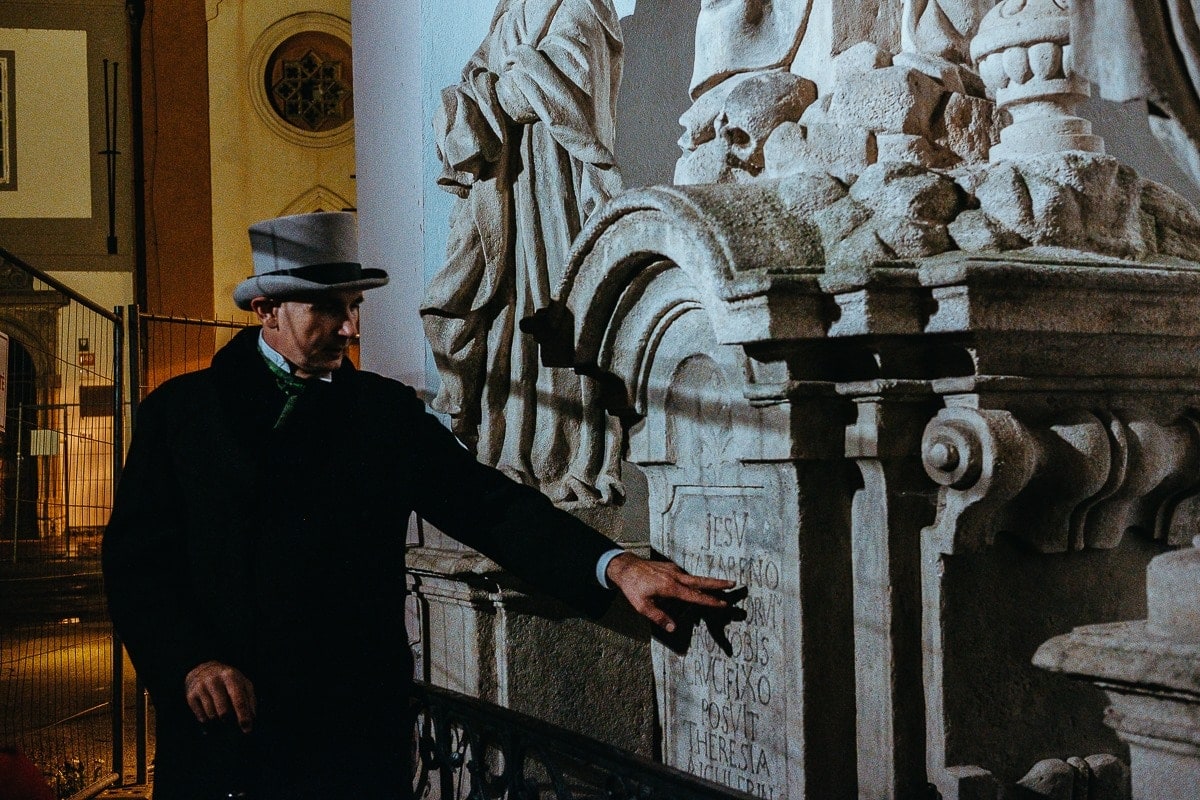
Please, if you ever go there, take a guided tour. And if you think a guided tour sounds boring – it’s not. We hung on our guide’s every word and wanted to stay in Budějovice for at least a week.
Ancient and magical history is woven into almost every cobblestone in the center of Budějovice. ☺️ For coffee shop lovers, there are many beautiful establishments you’ll surely adore.
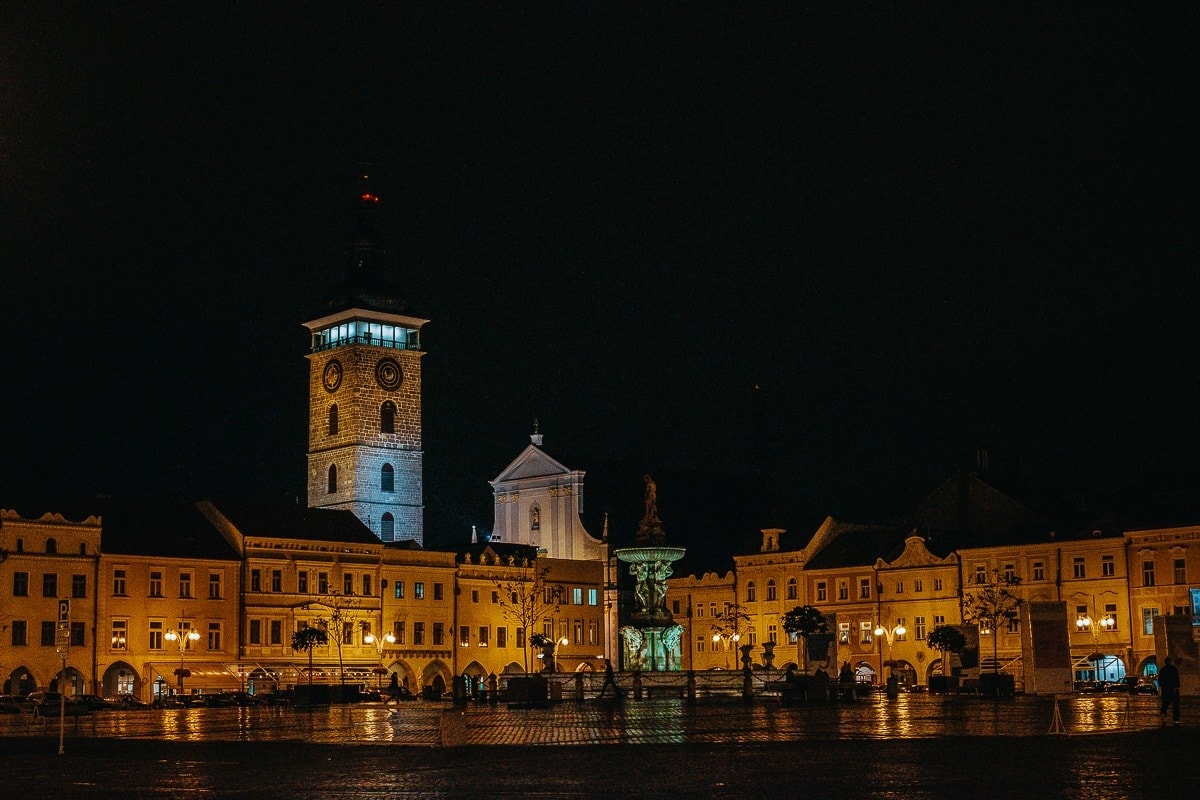
Map of Sights in Czech Canada
South Bohemian Tourism Board
This article was created in cooperation with the South Bohemian Tourism Board as part of the Monuments Live project. Thank you for inviting us to the beautiful South Bohemian region!

More Tips for Trips around the Czech Republic
Tips and Tricks for Your Vacation
Don’t Overpay for Flights
Search for flights on Kayak. It’s our favorite search engine because it scans the websites of all airlines and always finds the cheapest connection.
Book Your Accommodation Smartly
The best experiences we’ve had when looking for accommodation (from Alaska to Morocco) are with Booking.com, where hotels, apartments, and entire houses are usually the cheapest and most widely available.
Don’t Forget Travel Insurance
Good travel insurance will protect you against illness, accidents, theft, or flight cancellations. We’ve had a few hospital visits abroad, so we know how important it is to have proper insurance arranged.
Where we insure ourselves: SafetyWing (best for everyone) and TrueTraveller (for extra-long trips).
Why don’t we recommend any Czech insurance company? Because they have too many restrictions. They set limits on the number of days abroad, travel insurance via a credit card often requires you to pay medical expenses only with that card, and they frequently limit the number of returns to the Czech Republic.
Find the Best Experiences
Get Your Guide is a huge online marketplace where you can book guided walks, trips, skip-the-line tickets, tours, and much more. We always find some extra fun there!


